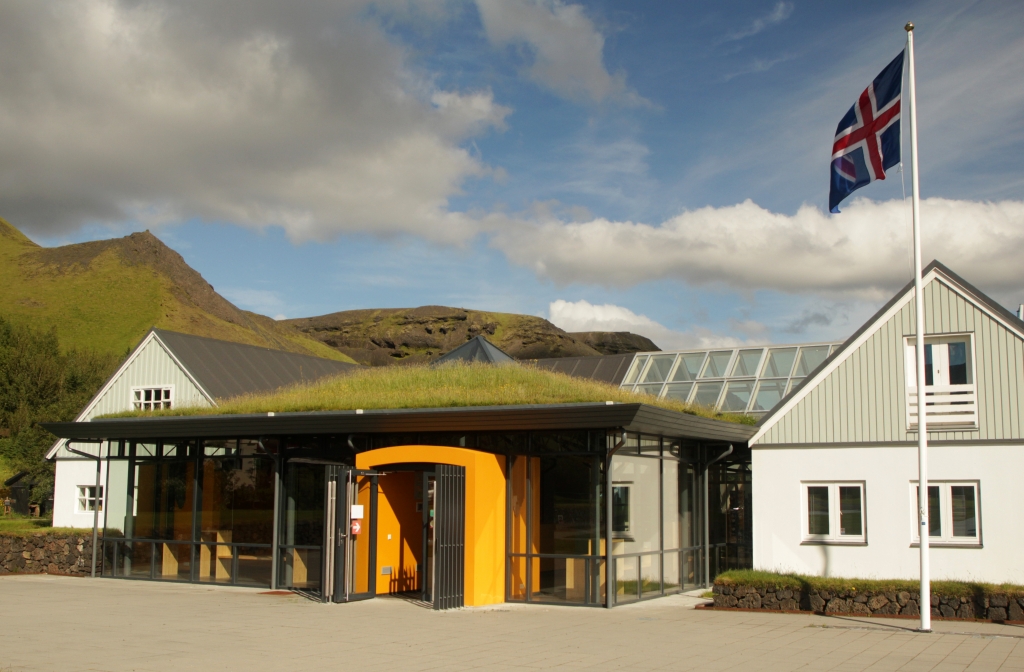South Iceland’s Skógar Museum is a cultural heritage collection of 18,000 regional folk craft artifacts exhibited in three museums and six historical buildings. Skógar Museum opened on December 1st, 1949 after being founded by Þórður Tómasson, who curated the museum from its inception until his retirement in 2013, at the age of 92.
The museum is divided into three parts: The Folk Museum, which offers a huge variety of artifacts including fishing, agriculture, textile and natural history; the Open Air Museum, where visitors can experience Icelandic architectural heritage; and the Technical Museum, which tells the story of technology and transportation and its development in Iceland in the 19th and 20th century.
The museum is home to more than 18,000 artifacts, each of which tells a story. One of the most famous artifacts in the museum is the ring of Þrasi. Þrasi Þórólfsson was the first settler in Skógar and, according to legend, he hid a chest full of treasures behind the Skógafoss Waterfall. It is said that when the sun was shining, you could see the sparkling treasure chest. An old verse about this legend says: “Þrasi’s chest is full of riches, under the Skógar fall. Whoever chances to find it first, will get to keep it all.”
According to old legends, many people tried to retrieve the chest from behind the waterfall. The most famous legend tells the tale of three brothers who went out to get the chest, but by the time they arrived at the waterfall, they looked back to their farm and saw flames. As they returned back to their farm, to their surprise, they found no fire. Later, they went back to finally retrieve the chest. They were able to grasp the handle on the chest’s edge, but when they pulled it, the handle broke off. That was the last time someone tried to get ahold of Þrasi’s treasure. The handle of the chest was later used as a door handle on the local church in Skógar and is now displayed at the museum. Today, the legend of Þrasi continues to inspire visitors in Skógar Museum!
Be sure to follow Skógar Museum on Instagram for more Icelandic cultural anecdotes and let us know what you find most interesting below in the comments!


Comments
article Next
article